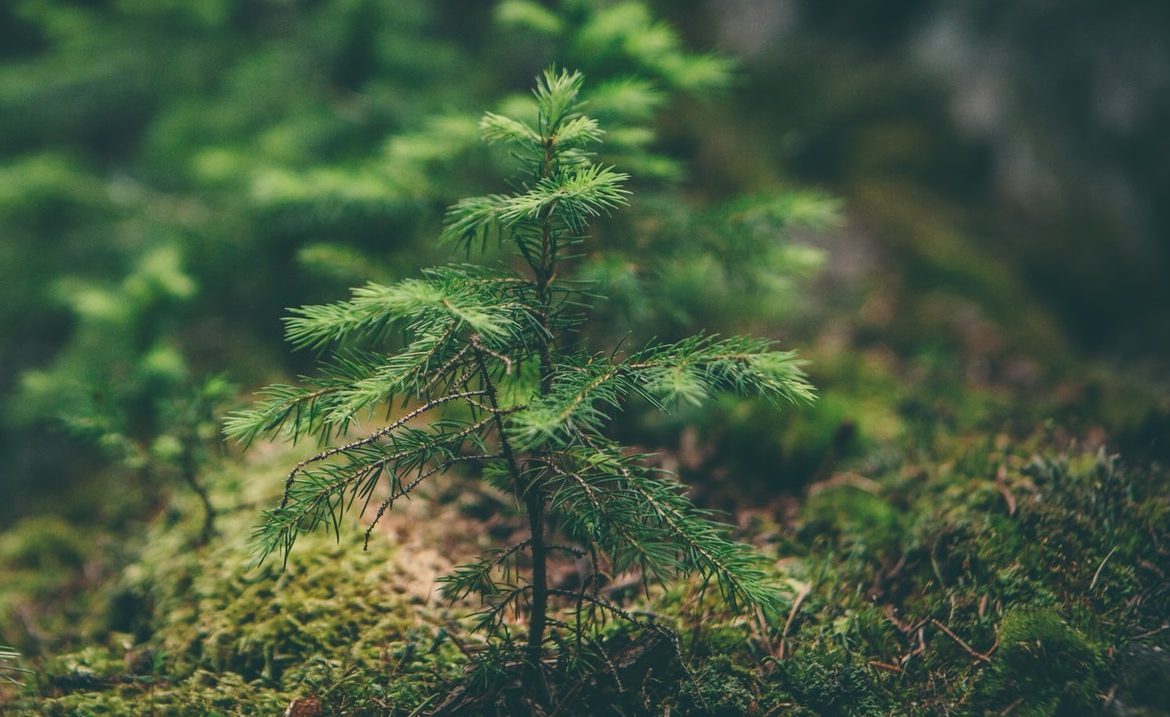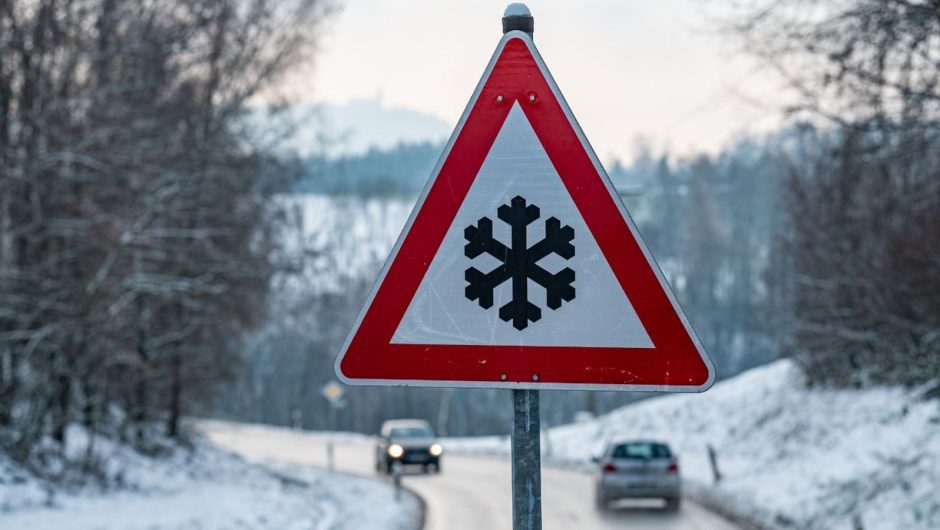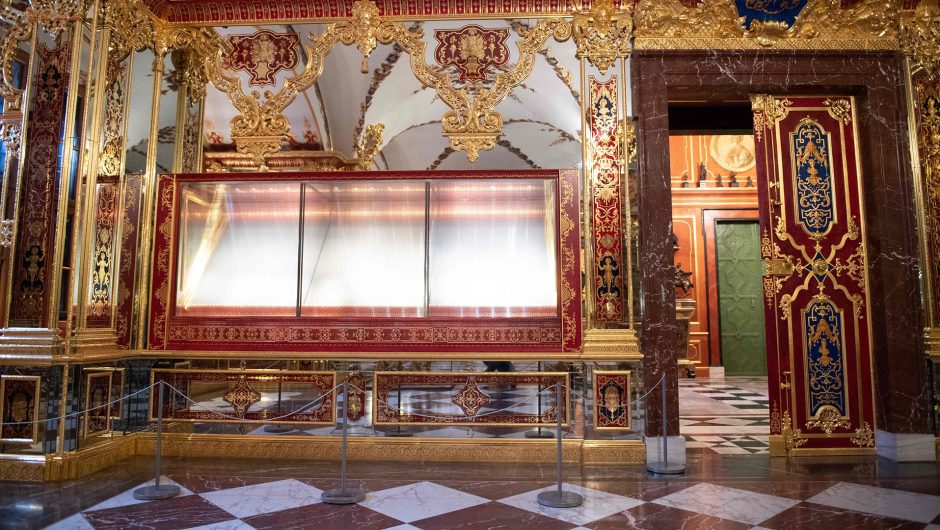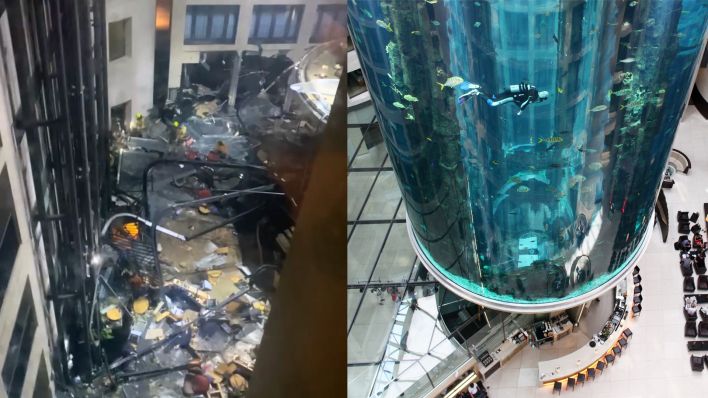Afforestation has become a favorite environmental wash for companies – from airlines to oil giants. However, planting trees is simply not the most effective or primary method of combating climate change, especially since its success depends on many variables.
Mass logging has led to the fact that there are now around half the 6 trillion trees on Earth that grew in the past, known to be natural filters that trap carbon dioxide. The burning of fossil fuels and fires generate about 11 gigatonnes of carbon annually, while forests, fields, meadows and oceans consume about 6 gigatons. Every year, about 5 gigatons of carbon dioxide is released into the atmosphere, which trees cannot capture. So, if the number of trees translates into fresh air, isn’t collective planting a response to the climate crisis?
Also read: Recycling calms us down, which is why we generate more waste
In 2016, an Indian state planted 50 million trees in one day, and in 2019 Ethiopia 353 million trees were planted in 12 hours. The UK government will plant another million trees by 2024, having already planted several million over the years. How is it possible that at this rate and intensity of afforestation, we have a problem with climate change?
It should be noted that tree planting is an offsetting for carbon dioxide emissions2 For some time now, this has been the preferred green washing procedure of a number of companies, trying to justify their actions with additional seedlings of trees. The idea of planting a trillion trees for the climate was supported last year even by Donald Trump, who was not known for his enthusiasm for environmental work, as he considered it “a practical step towards solving the problem of global carbon dioxide emissions.”
The problem is, this method is much less effective than we would like to think.
According to Jonathan Overbeck, a climate scientist at the University of Michigan and one of the co-authors of an article in the journal Science, we need to rethink the way we approach tree planting as a global solution to climate change problems. “I believe that focusing on planting trees is risky unless we put climate change mitigation or stop first.” Overpeck thought.
In his article, Overbeck emphasized that vegetation is increasingly being damaged by climate change – zombie fires are ravaging forests in Siberia, in California millions of trees have died as a result of drought, and in Australia during massive fires for millions of acres of forest, burning trees emits more carbon dioxide.2 From the whole economy together.
Even in areas not prone to fire, climate change is still drying up soil and plants. Planting trees there, especially if they are not suitable for the prevailing conditions – and some projects to grow large numbers of trees are characterized by a certain randomness, so they are doomed to failure, because the plants will not survive.
Overpeck notes that afforestation should be handled with caution, as in the Paraside Project in California, where the species were selected for the best chance of survival in warmer and drier climates and planted in a way that reduces the likelihood of subsequent fires. Spread.
First of all, however, you should take care of the existing forests, because it turns out that the older the trees, the better the carbon dioxide absorption.2 Hence, there is greater potential to slow down climate change. According to a 2014 study by 38 scientists from 15 countries, up to 97% of trees from the more than 400 species studied grew faster with age, and thus absorb more carbon. And although trees become less efficient at processing carbon with age, they have more leaves that, thanks to photosynthesis, are able to capture more carbon dioxide.2 From younger and younger trees.
Also read: New forests are a good idea, but old trees save the climate

“Music specialist. Pop culture trailblazer. Problem solver. Internet advocate.”





